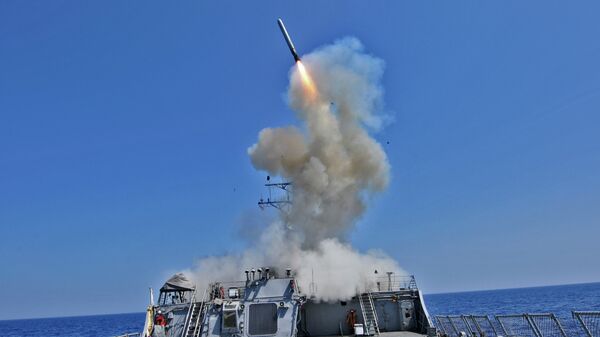The long-range standoff weapon (LRSO) goes against the 2010 Nuclear Posture Review and the Nuclear Weapons Employment Strategy from 2013, Doyle writes in an opinion piece published Monday by the National Interest.
— Norma J F Harrison (@NormaJFHarrison) November 30, 2015
It also undercuts the essential goal of maintaining strategic stability in a world of increasingly nuclear-armed states, adds Doyle, who served on the technical staff of the Nonproliferation Division at Los Alamos National Laboratory from 1997 to 2014.
"Aircraft loaded with long-range nuclear cruise missiles that can slip unseen under the radar and conduct surprise attacks are inherently destabilizing," he writes.
Limiting cruise missiles has been a "hallmark" of Washington-Moscow nuclear cooperation dating back to the late 1980s, Doyle points out. Today, neither US nor Russian strategic aircraft routinely operate with nuclear cruise missiles loaded.
"Canceling the LRSO cruise missile program would be an appropriate way to demonstrate implementation of the administration's Nuclear Posture Review, Nuclear Employment Strategy and take a small but significant leading step towards its vision of a world without nuclear weapons," he writes. "This step could provide momentum for a global ban on these weapons that would improve strategic stability and the security of all nations."
Only Russia and the United States currently operate nuclear cruise missiles, but China, Pakistan and India are developing the technology. If Washington and Moscow could agree on such a ban, it would make a multilateral agreement "more feasible," Doyle writes.



